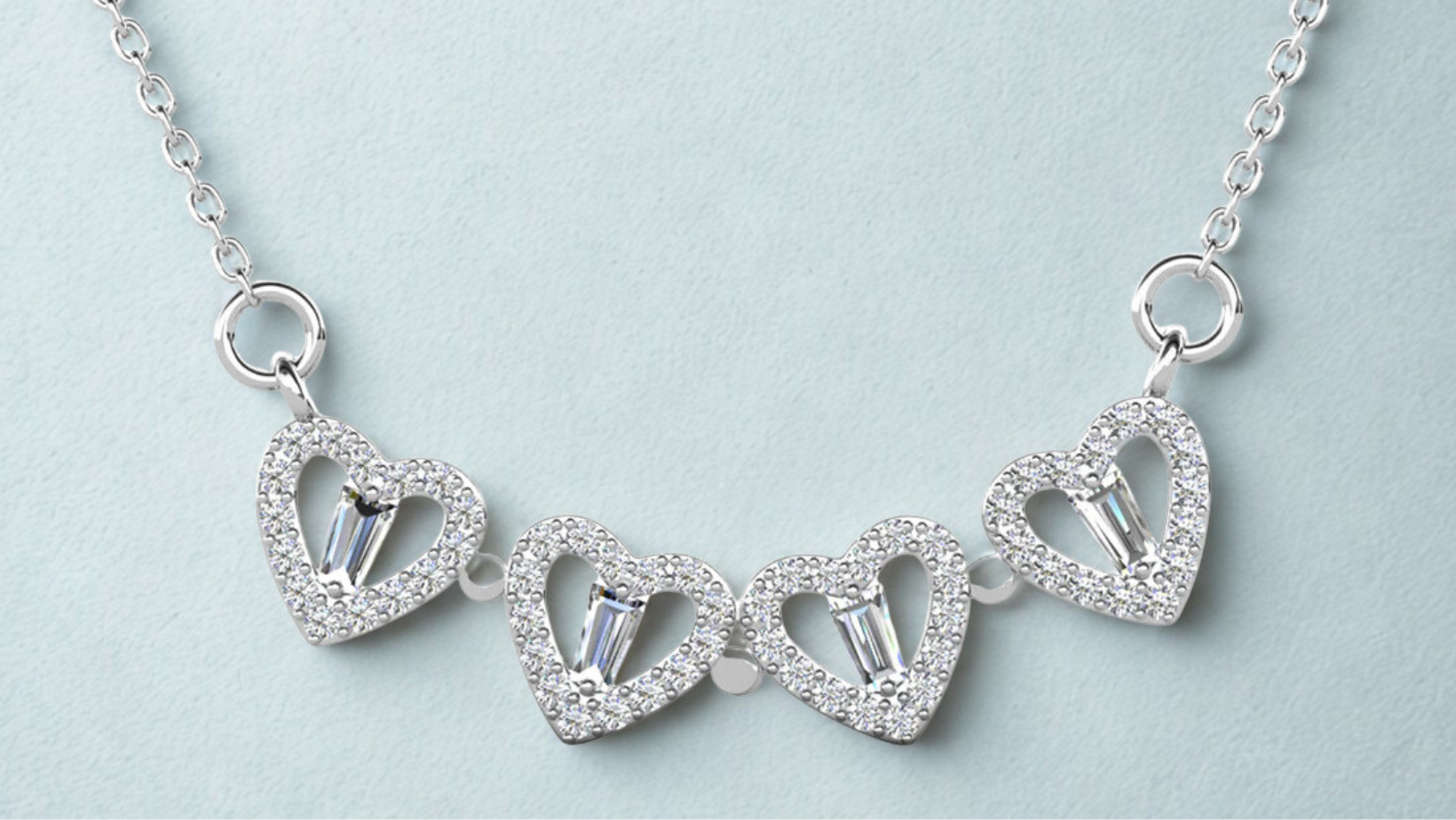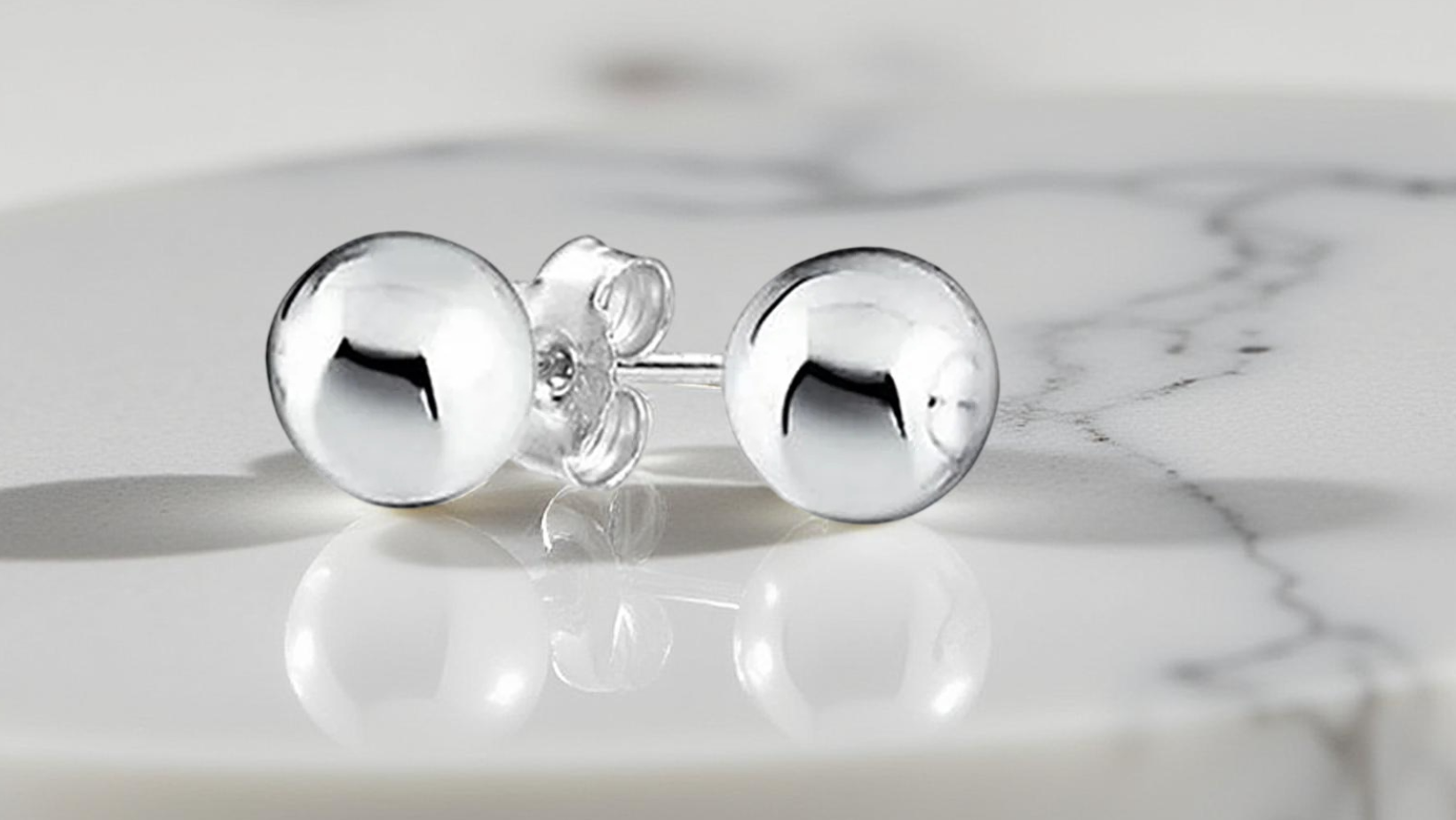Investing in Gold: Understanding Karats and Market Value

In the world of investments, gold holds a unique allure as a tangible asset that has been prized for its beauty and value throughout history. Whether you're a seasoned investor or someone exploring new avenues for financial growth, understanding the intricacies of gold karats and their impact on market value is essential.
This comprehensive guide delves into the fundamentals of investing in gold, explores the significance of different karats, and provides insights into how karats influence the market value of gold.
The Appeal of Investing in Gold
Gold has long been regarded as a safe haven asset—a store of value that can serve as a hedge against inflation, currency fluctuations, and economic uncertainties. Unlike paper currency or stocks, which can be volatile and subject to market swings, gold's intrinsic value and scarcity provide stability and preservation of wealth over time.
Key Reasons to Invest in Gold:
- Diversification: Gold offers diversification benefits to an investment portfolio, reducing overall risk by providing an alternative asset class that typically moves independently of stocks and bonds.
- Preservation of Wealth: Historically, gold has maintained its purchasing power over long periods, making it a reliable hedge against the erosion of wealth caused by inflation.
- Liquidity: Gold is highly liquid, meaning it can be easily bought, sold, and traded in global markets, providing investors with flexibility and accessibility.
- Global Demand: Gold's universal appeal ensures continuous demand from diverse sources, including jewelry, technology, and central banks, contributing to its enduring value.
Gold purity is measured in karats, with 24 karat (24K) gold being the purest form. Here's a breakdown of common gold karats and their purity levels:
- 24 Karat (24K): Pure gold, containing 99.9% gold and 0.1% alloy metals. 24K gold is soft and malleable, often used for investment purposes rather than jewelry due to its tendency to scratch and bend easily.
- 22 Karat (22K): Consists of 91.7% gold and 8.3% alloy metals. This karat is commonly used in jewelry, balancing purity with durability.
- 18 Karat (18K): Contains 75% gold and 25% alloy metals. 18K gold is highly valued for its balance of purity and strength, making it suitable for fine jewelry.
- 14 Karat (14K): Composed of 58.3% gold and 41.7% alloy metals. 14K gold is durable and widely used in mainstream jewelry production.
- 10 Karat (10K): Contains 41.7% gold and 58.3% alloy metals. This karat is the minimum purity required to be legally considered gold in the United States.
The market value of gold is influenced by a variety of factors, with purity (karat) playing a crucial role:
1. Purity and Demand
Investors and consumers value higher purity gold (such as 24K or 22K) for its inherent quality and scarcity, which can drive up demand and, consequently, market prices. Jewelry demand also contributes significantly to the market value of gold, with preferences varying across regions and cultures.
2. Global Economic Conditions
Gold prices are sensitive to global economic trends, including interest rates, inflation rates, geopolitical uncertainties, and currency fluctuations. During periods of economic instability or market volatility, investors often seek the safety of gold, leading to increased demand and higher prices.
3. Supply Dynamics
The supply of gold is limited and influenced by factors such as mining production, recycling rates, and central bank reserves. Changes in supply dynamics can affect market equilibrium and impact gold prices accordingly.
4. Investor Sentiment and Market Speculation
Market sentiment and investor behavior play a significant role in determining short-term fluctuations in gold prices. Speculative trading, geopolitical events, and macroeconomic indicators can create volatility in the gold market, influencing investor sentiment and price movements.
Investing in Different Gold Karats
1. Investment Grade Gold (24K and 22K)
-
Bullion: Investment-grade gold typically refers to 24K or 22K gold bars or coins that are recognized for their purity and weight. These products are popular among investors seeking to hold physical gold as part of their investment portfolio.
- Gold ETFs: Exchange-traded funds (ETFs) backed by physical gold holdings offer investors exposure to the price movements of gold without the need for physical ownership. ETFs often track the price of 24K or 22K gold to reflect market value accurately.
-
Collectible Coins and Numismatics: Some investors prefer to collect rare or historic gold coins, which may have numismatic value in addition to their gold content. These coins often range in purity from 22K to 24K and are valued based on their rarity and historical significance.
- Jewelry Investments: While primarily purchased for adornment, high-quality jewelry pieces made from 18K or 14K gold can hold intrinsic value due to their craftsmanship and precious metal content. Investors may consider purchasing fine jewelry with the intention of reselling or holding as a tangible asset.
1. Research and Due Diligence
Before investing in gold, conduct thorough research on market trends, economic indicators, and historical price movements. Understand the factors influencing gold prices and assess your investment objectives and risk tolerance.
2. Diversification Strategy
Incorporate gold into a diversified investment portfolio alongside other asset classes, such as stocks, bonds, and real estate. Diversification helps mitigate risk and optimize portfolio performance across different market conditions.
3. Consider Storage and Security
If investing in physical gold, ensure secure storage facilities or reputable custodianship arrangements. Alternatively, consider gold ETFs or other financial instruments that offer exposure to gold prices without the logistical challenges of physical ownership.
4. Stay Informed and Monitor Market Trends
Stay informed about developments in the global economy, monetary policy decisions, and geopolitical events that could impact gold prices. Regularly monitor market trends and adjust your investment strategy accordingly to capitalize on opportunities and mitigate risks.
Conclusion
Investing in gold, whether through physical ownership or financial instruments, offers investors a unique opportunity to diversify their portfolios, preserve wealth, and hedge against economic uncertainties. Understanding the significance of gold karats and their influence on market value provides valuable insights for making informed investment decisions. Whether you're drawn to the purity of 24K gold as a store of value or prefer the durability and aesthetic appeal of 18K or 14K gold in jewelry, gold investments can play a crucial role in achieving long-term financial goals.
As you navigate the complexities of gold investment, consider consulting with financial advisors or experts in precious metals to tailor your strategy to your individual objectives and risk tolerance. By leveraging knowledge and staying informed, you can harness the enduring appeal and potential of gold as a cornerstone of your investment portfolio.










发表评论